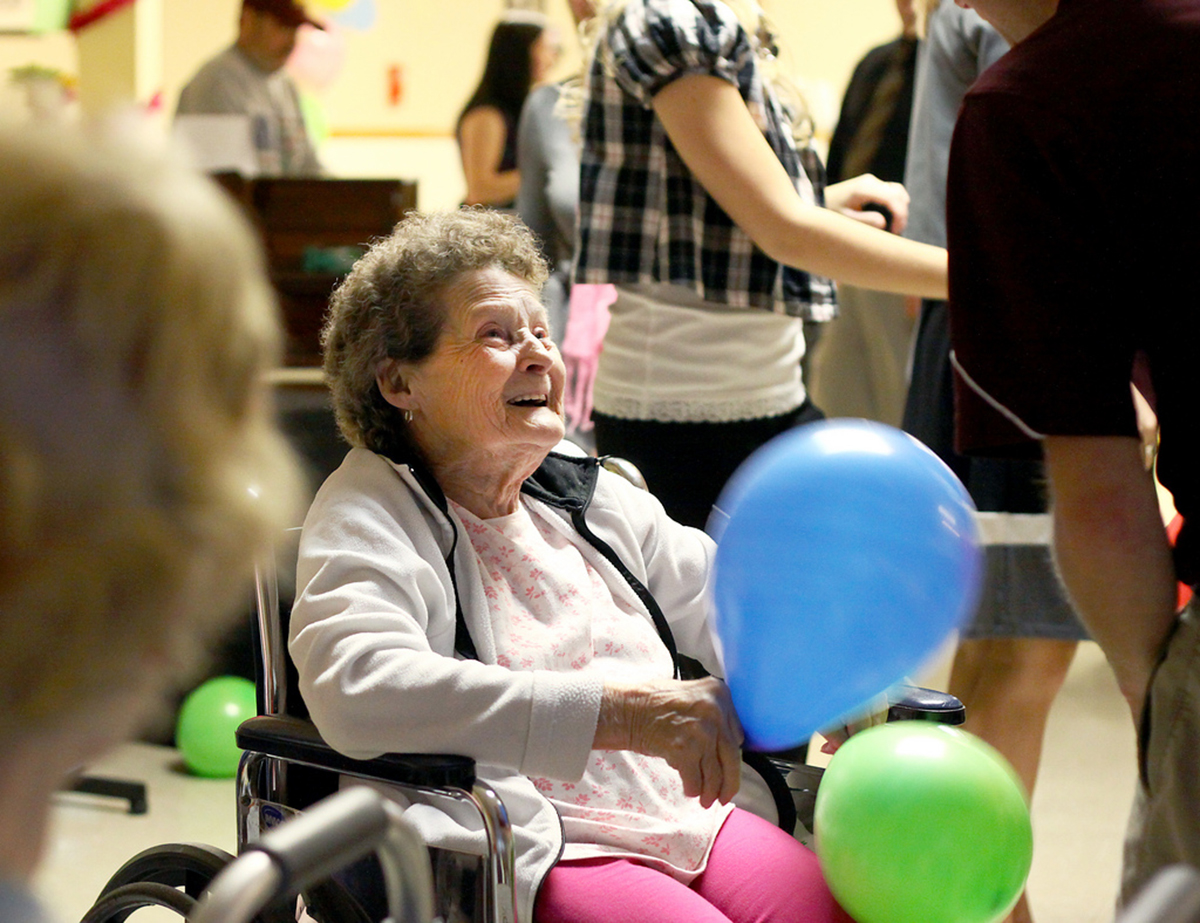Table of Contents
Especially important to the health of senior citizens between the ages of 59 and 65 is the availability of health insurance coverage. For Americans who can't afford their own health insurance (typically costing $1,000 per month or more at age 60), who aren't considered disabled by the Social Security Administration for at least two years (and 70% of applications for disability are rejected), or who don't have employer coverage, a doctor visit is something that has to be paid for out of pocket, as do prescriptions. And when an office call costs $300 to $500, cash in advance, and medications for cardiovascular disease and diabetes cost $500 to $1000 per month, each, many senior citizens simply give up medication and hope for the best.

Whatever is to be made of the politics of the Affordable Care Act, the new availability of health insurance to Americans not yet old enough for Medicare should make an enormous difference in the health of senior citizens. Some states in the lowest tier of health for seniors, such as Arkansas and Kentucky, nonetheless have approved Medicaid expansion, which allows people between the ages of 60 and 65 who make more than about $2,000 per year but less than about $30,000 per year (depending on whether or not they are married) to get health insurance coverage.
And in the states that did not approve Medicaid expansion, most of them in the South where health statistics are unfavorable, they still don't. So what can a senior citizen who is not yet on Medicare and who earns too much for Medicaid do when health insurance is otherwise unavailable?
- Try to earn a little more. If you just earn enough, you can get heavily subsidized, sometimes completely free health insurance under the Affordable Care Act. It's only the poor who aren't covered. Those barely in the middle class get tax credits paid directly to insurance companies that pay most or all of their premiums.
- Move across a state line. If you live in Texarkana, Texas, or Cincinnati, Ohio, or Yuma, Arizona, moving a mile or two to a nearby state may be one way to get the health coverage you need.
- Check out free and reduced-fee clinics. Most free clinics in the United States have a specific constituency, and clinics that offer services to children, teens, and pregnant women (and exclude older people) are far more common than clinics that serve all comers. Still, there may be care for all in your community.
- Take advantage of prescription assistance programs. Drug companies are not required to make any products available for free, but many do. Typically, a specific medication may be available for free, or for a $20 to $50 charge, for individuals who make no more than $25,000 to $35,000 per year (each company sets its own limits) and to couples who earn no more than $50,000 to $70,000 per year. These programs can save seniors tens of thousands of dollars, or make treatment possible.
See Also: Elderly Who Exercise Regularly Have Better Heart than Healthy Young Sedentary People
It's not easy to stay healthy in some states of the United States. But there are people, organizations, and companies that care everywhere. It's just not always easy to find them.
- Miller M. The State of Senior Health: It Depends on Your State. Reuters Health Information. 25 June 2014.
- Ziliak JP, Gundersen C. Senior hunger in the United States: differences across states and rural and urban areas. University of Kentucky Center for Poverty Research Special Reports. 2009.
- Photo courtesy of Myfuture.com by Flickr: www.flickr.com/photos/myfuturedotcom/6052491503
- Photo courtesy of Jeffrey Smith by Flickr: www.flickr.com/photos/jmsmith000/4528269141


Your thoughts on this